First things first: it’s not at all a D7000 with a large sensor inside!
If that’s the impression you have from reading the rants in the dpreview forums, well it’s wrong. And you should stop reading those forums (I know, I should too! It’s just that sometimes something really clever comes up like the Dot Tune workflow to do AF fine tuning on Nikon DSLRs).

It’s actually a bit larger, not uncomfortably so however; it’s still sized very reasonably, but it’s more squat than the D7000 probably because it needs to accomodate that wonderfully large viewfinder. The overall feel is of a tougher and more grown-up camera than the D7000 (and the D7000 in my opinion is a perfectly mature body, a perfect compromise between the small and plasticky D3xxx/D5xxx and the hulky D700/D3/D4).
I like the new multi-controller, it feels more snappy and clickable than on the D7000; I don’t understand the necessity to have a lever switch that commutes between camera and movie-mode liveview but maybe someday I’ll get it. And yes, the location of the buttons is somewhat different (like the zoom in and out buttons are now reversed — but in line with newer cameras such as D800 and D7100) and there’s other little differences but really? Are you such a monkey that you cannot deal with the changes of a few buttons? That’s the sort of criticism that I read on dpreview forums, and I just can’t stand them. To me it seems on the other hand that Nikon is able to keep an incredible ‘family feeling’ throughout the endless iterations from the D100 down to this new D600.
I can easily wade through the very comprehensive menu system without even looking at the manual, and change the most important parameters (shooting mode, aperture, ISO, quality, etc.) without even thinking that this is a brand new camera. What’s important is that when you hold the camera your fingers fall exactly where they are used to; the shutter button, the way it handles, it’s all perfect.
And despite my now subdued love for the new Fuji cameras and their wonderful simplicity (little knobs, real aperture ring) I still feel that the shape of a larger DSLR is ergonomically perfect. The little rangefinder-style cameras on the other hand (such as the Fuji XE-1 which I have tried, and loved, and wanted to buy) they don’t feel that right to me.
lunchtime break, a few snaps later…
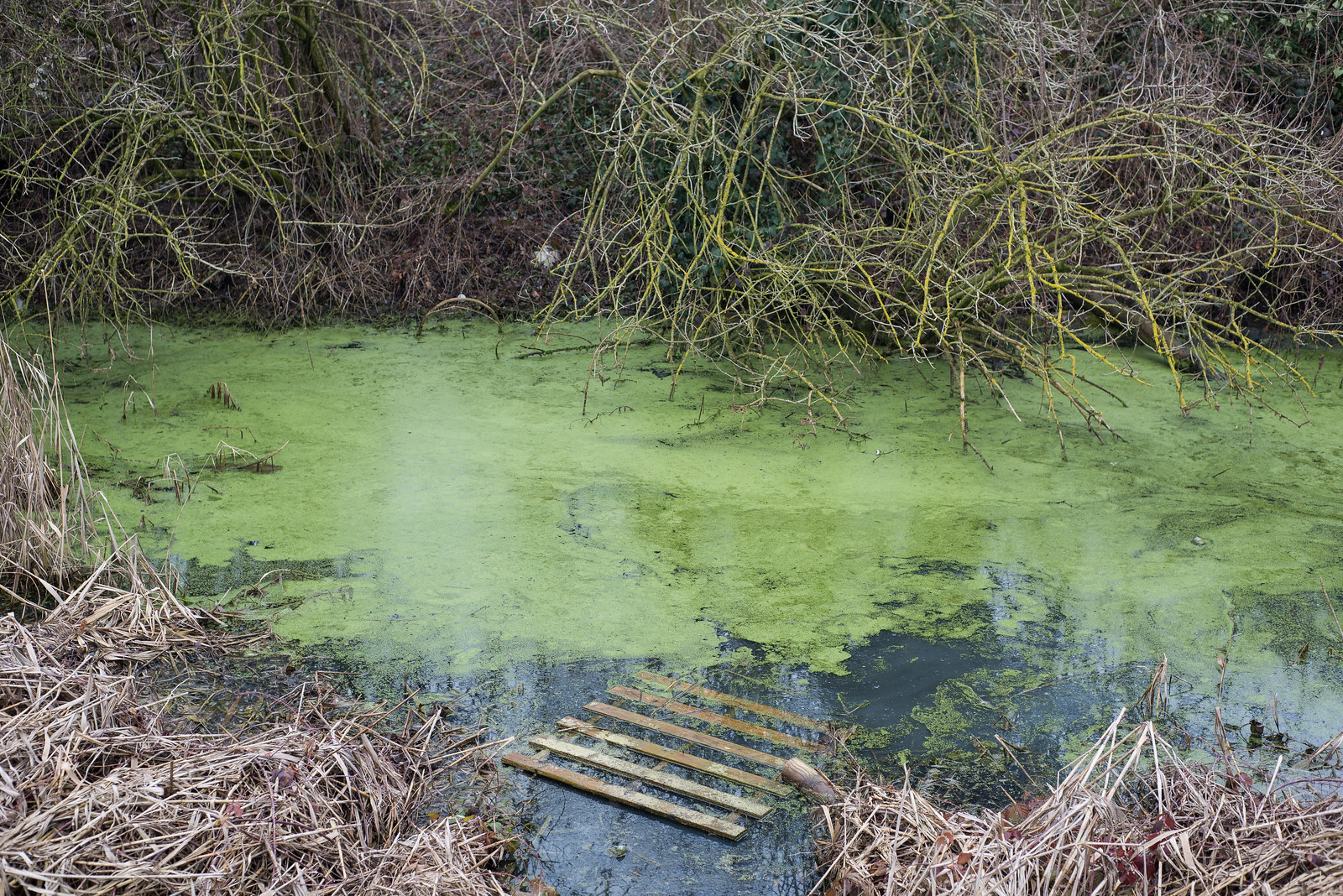
Am I crazy? It seems to me that D600+50mm f/1.8D gives a me a brand new experience compared to the D7000+35mm f/1.8G; while they should be the same, really. Is it maybe due to the bright and large viewfinder where you can see so much more? Really unexpected and fantastic discovery this one; I was walking in my rather bleak suburban setting under a light snowfall and I found myself so excited to have this “new” lens to use. Yes, my old 50mm suddenly becomes a novelty, how’s that for renovating your photographic eye without punching a hole in your (already depressed) wallet?
Speaking of which, you know how I made this purchase possible? By getting rid of two or three of my old DX lenses: the little 35mm f/1.G (sad to see this little fella go!), a really good Tokina 12-24 f/4 and the cheapo-uberplastik Nikon 55-200 VR f/4-5.6; the idea was that I could replace the 35mm f/1.8 (surely my most used lens on the D7000) with one of my three 50mm1, and the 12-24 with an old 18mm f/3.5 AIS2. I did have a longer lens, the wonderful 85mm f/1.8G, and then I have realized I really don’t need anything else since I don’t do sports or birds or stalking. So off they go these DX lenses (less is more, right?) and here it comes a full frame camera which hopefully will keep me satisfied and engaged for a long time.
D600 after a D7000
Is it right to replace the D7000 with a D600? Well the D7000 remains a true little gem, considering how cheap it now goes in the second hand market (I sold mine for 550 euros), and its image quality and responsiveness and build quality is really something that will keep its owners happy for a long time.
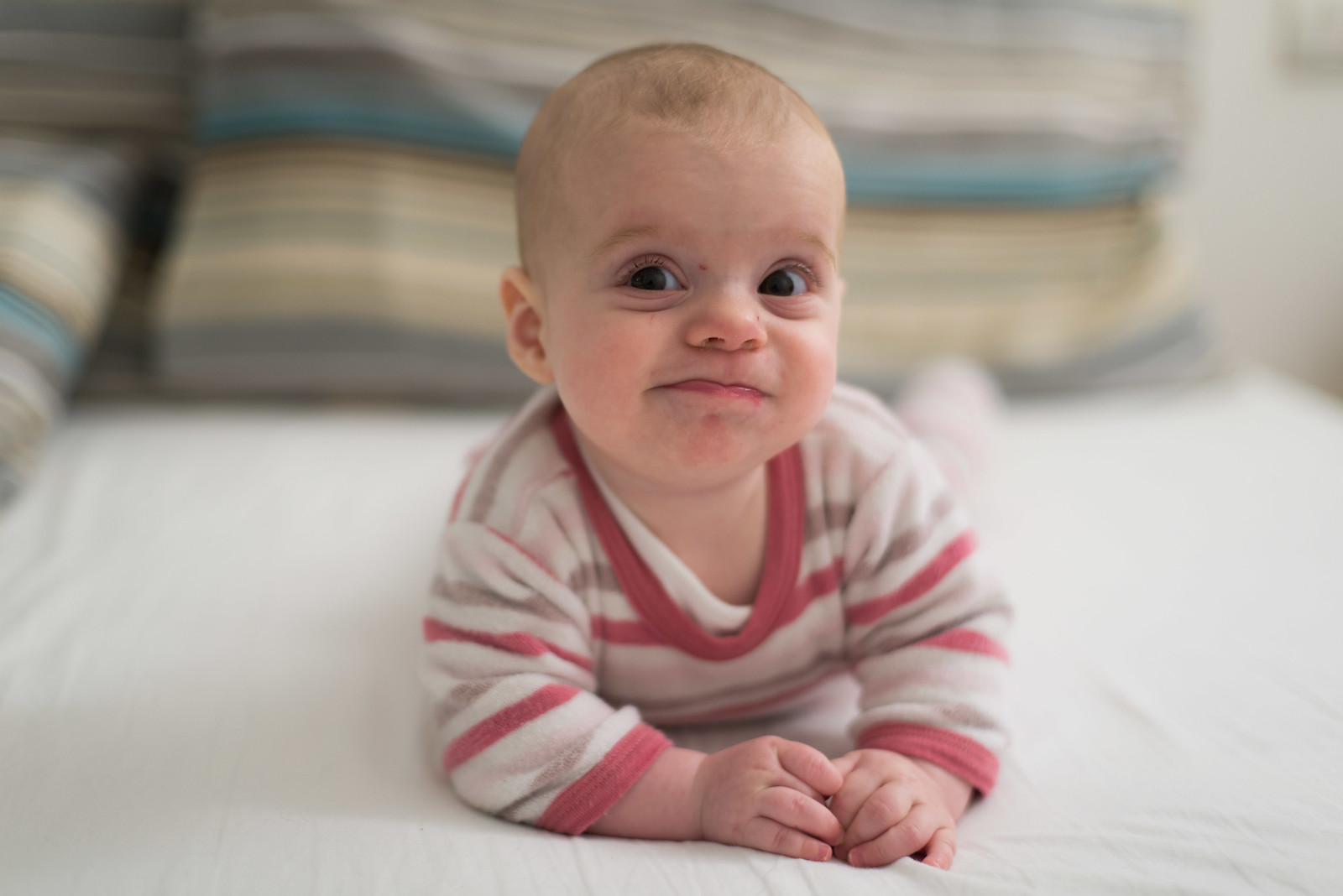
If there’s one thing I didn’t like about the D7000, it would be the good deal of AF fine-tuning required before getting really sharp pictures; I’m pretty sure it was my particular camera’s problem — I can’t really say “DON’T buy a D7000 because it has a fine-tuning issue”. Very likely you won’t have this problem — but you may well have another! If you want a a truly foolproof camera, built and quality-checked to higher standards you probably need to be ready to spend lots of money to get something like a D4.
Anyway, that’s tangential to the main issue, which is about the D600 and whether or not is a reasonable upgrade to make after a D7000. I’m pretty sure that this D600 will not instantly make me a better photographer. I’m also pretty sure that my D7000 would have allowed me to grow in my photographic education with no real restraints. So if somebody is looking at some excuse to justify the move to a rather expensive full frame camera (because in my world 1600-2000 euros is a lot of money), well I can’t give you one.
If you are really good, I mean technically good, then you will find exciting the incredible highlights that you can recover from the D600; I mean, if you’re able to use these capabilities for creative purposes then yes, there’s the justification to replace you D7000 with a D600. I’m not like that and the kind of photographs that I like to take are pretty much well served by any modern camera.
I don’t even feel like I have a gear acquisition syndrome, in fact (despite what my wife says) I am pretty balanced in my purchases and I only tend to buy new stuff once I feel like I have exhausted the possibilities that a certain piece of gear gives me3. So yes, the D600 is surely giving me cleaner pictures at high ISO, and it has twenty-four megapixels as opposed to sixteen, increased depth-of-field control due to the larger sensor alright — but listen to me, these things have meant very little for me when I decided to upgrade.
Maybe it’s only a matter of economy, that is I was able to do this with a relative modest sum, and why the hell not. Maybe it’s a matter of aesthetics and nostalgia, that I liked the idea of using a 50mm and have a 50mm look, or maybe I liked the idea of looking through this larger and brighter viewfinder. Who knows, maybe I will need to use this camera, see what I can do with that and come back here and write my thoughts, like I did for the Panasonic GF-1 and the D7000.
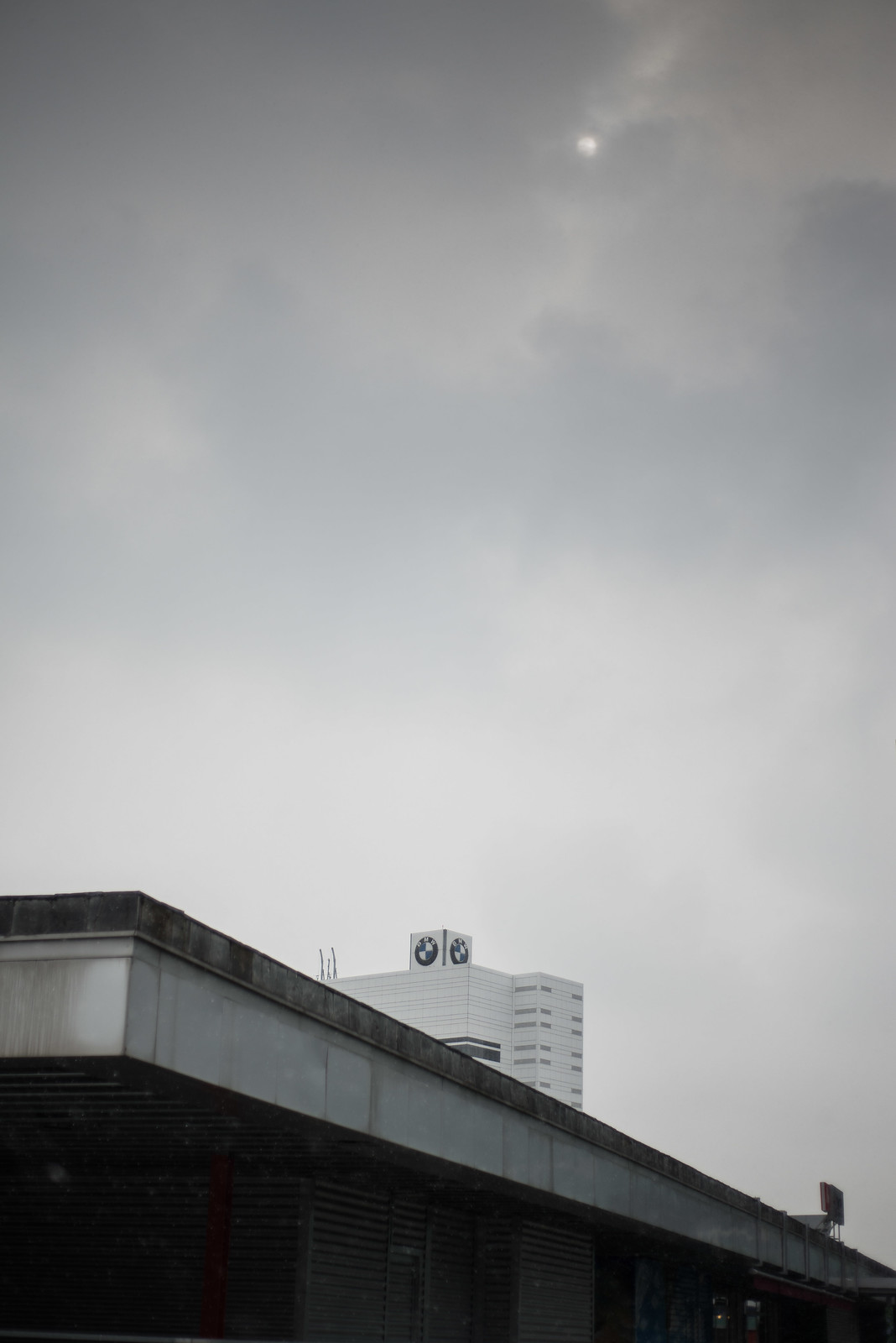

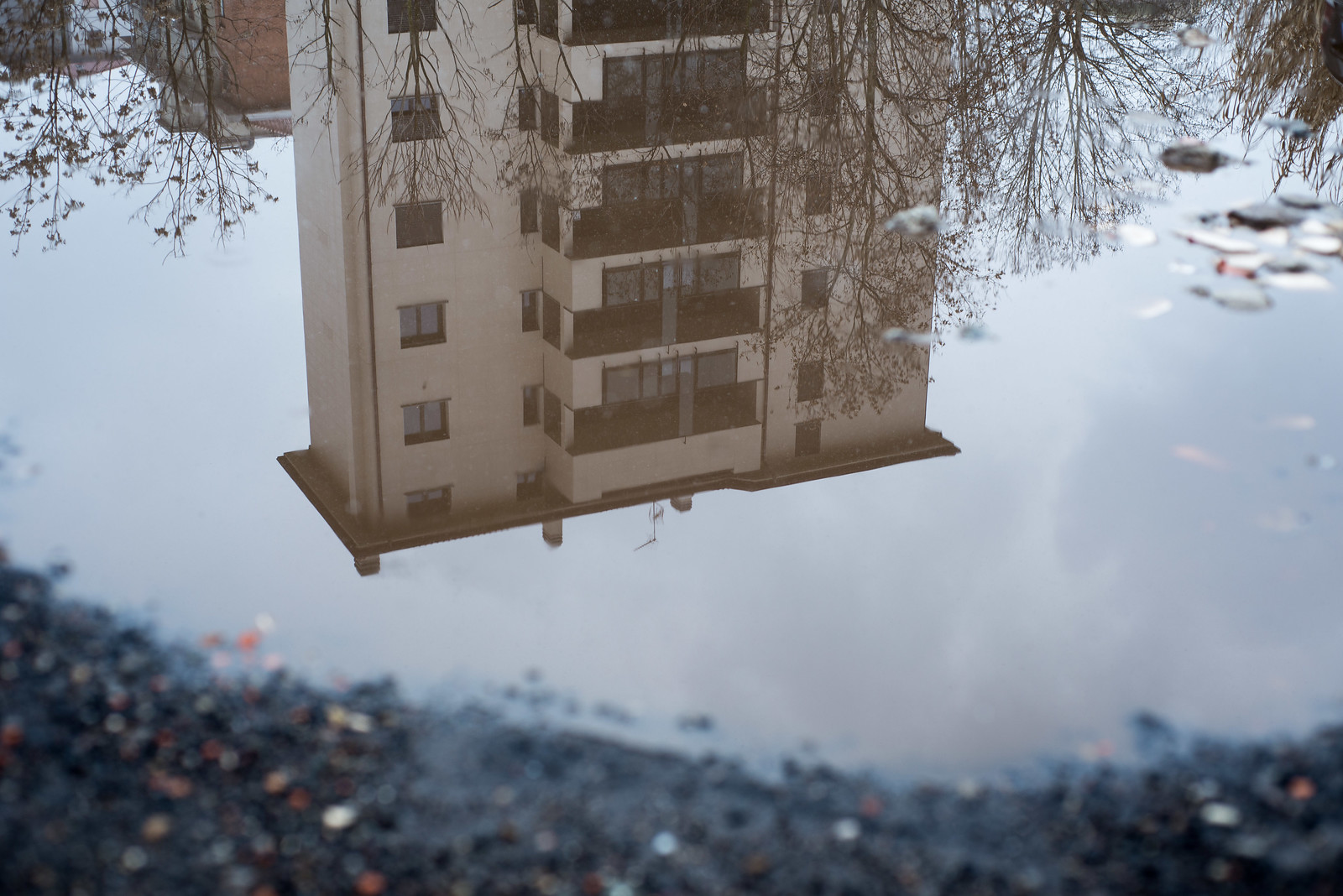
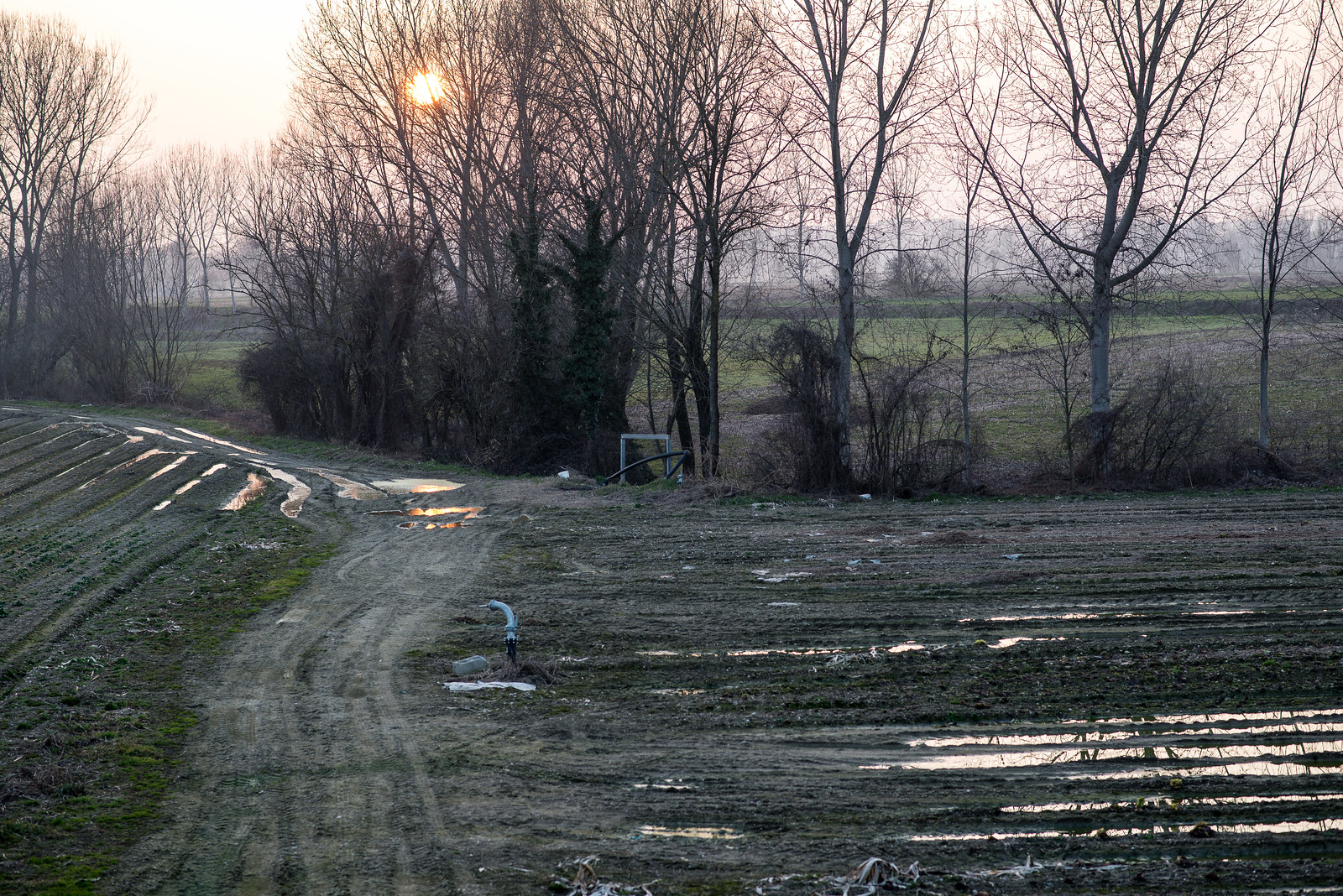
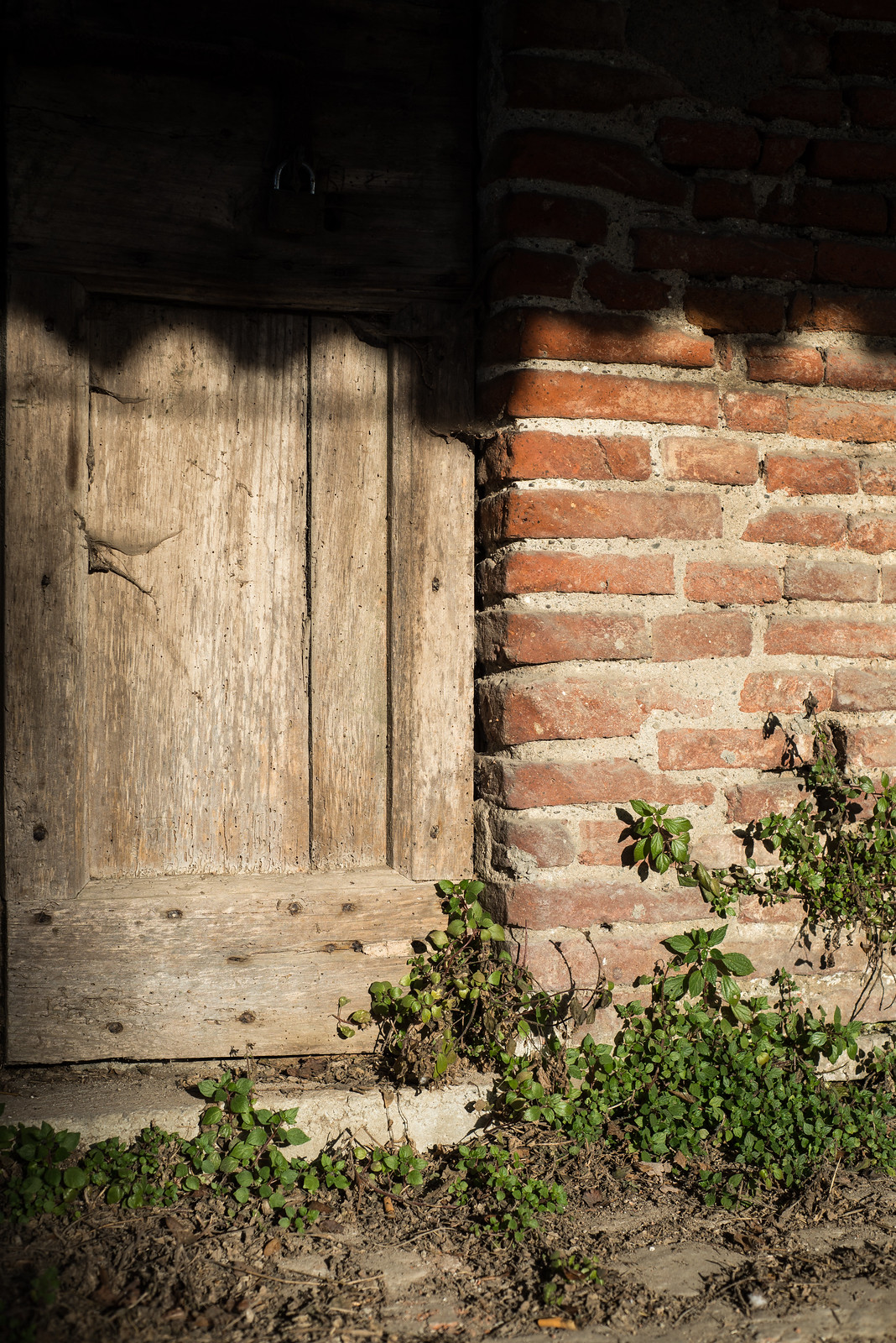
-
That’s right, three 50mm. I have had my trusty 50mm f/1.8D since the times of my first autofocus film camera (Nikon F70), then I have got from my father-in-law the 50mm f/1.4 and an old pre-AI f/1.4 (the one with the sculpted focus ring which ‘starred’ in Michelangelo Antonioni’s Blow-Up). ↩
-
Another lens that was lying unused in my father-in-law cabinet. ↩
-
That’s always been true with bikes and motorbikes, for example. I really pushed hard my Monster, CBR600, Multistrada before finally ending up on the Ducati 999 — and outgrew this one too. ↩